In today's increasingly digital approach to foot health management, 3D plantar (foot sole) scanners are gradually becoming standard equipment in rehabilitation institutions, orthotic centers, and custom insole stores.
However, many users of these high-precision devices often have one common concern:
After the scan is complete, can the data be exported as a PDF report? Is it convenient for archiving and sharing?
The answer is: Not only can it be exported as a PDF, but it also supports Word documents, STL, OBJ, and other professional formats.
The working principle of a 3D foot scanner is based on laser scanning technology.
The device projects a high-density laser grid onto the surface of the foot, and multiple high-precision cameras from different angles capture the reflected light.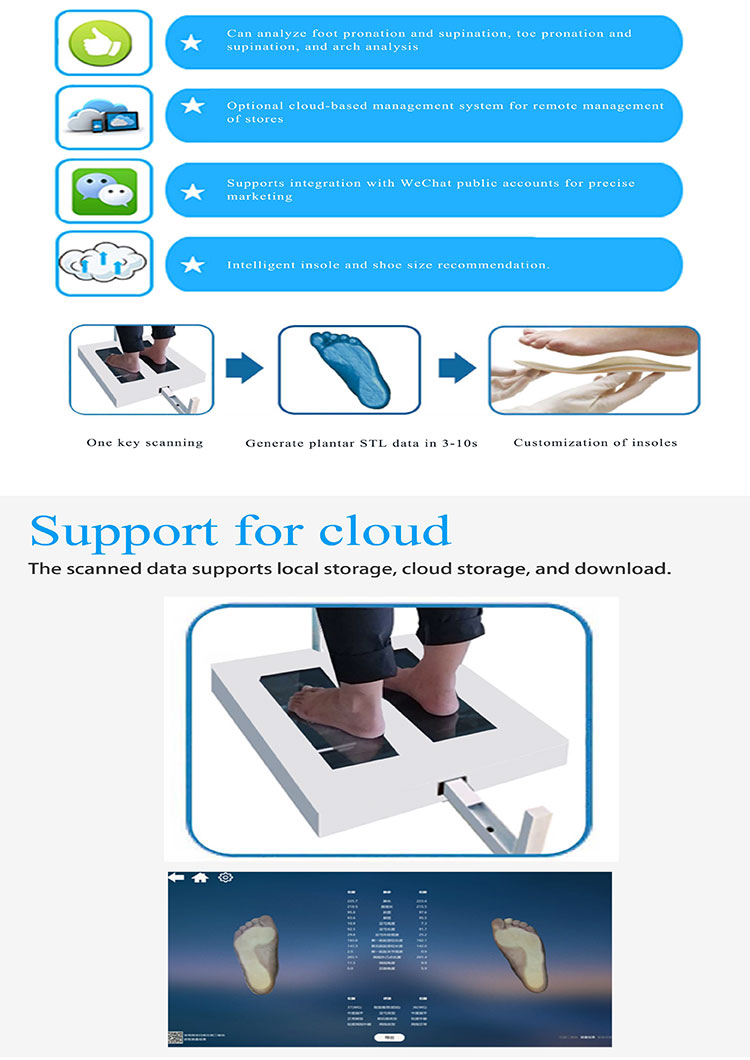
The system calculates the spatial coordinates of various foot regions based on the changes in the angle and path of the reflected light, thereby constructing a complete and accurate 3D foot model.
The entire process is non-contact, does not require markers, and takes only a few seconds to complete full-foot modeling. The margin of error can be controlled within ±0.5mm, greatly improving both measurement efficiency and data accuracy.
After scanning, the device can automatically generate a detailed data report, and users can choose the export format based on their needs. Common formats include PDF and Word documents. The report typically includes 3D foot images, foot length and width values, arch height, toe bone alignment, symmetry analysis, and technical recommendations.
These reports are suitable for in-store archiving, doctor diagnosis, and customer reference, making it easy to view and track changes in foot structure at any time.
If users or institutions require modeling or 3D printing, the scanner can also export standard 3D modeling formats such as STL, OBJ, and PLY.
These formats can be directly used in CAD design software, shoe last modeling systems, custom insole production, and 3D printing devices, without the need for additional conversion or manual processing, significantly improving workflow efficiency.
For professional users, multi-format export not only increases data usability but also expands the scope of services.
For example, rehabilitation centers can use the data to track changes in patients’ foot shapes, custom shoe stores can quickly match shoe last templates, and sports brands can use the models to develop personalized footwear. Even in corporate employee health management, foot shape health can be digitally archived and monitored over time through PDF or Word reports.

 +86-0755-86131192
+86-0755-86131192 2025-06-26
2025-06-26 Back to list
Back to list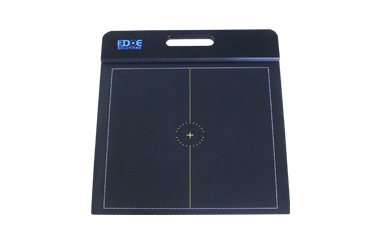
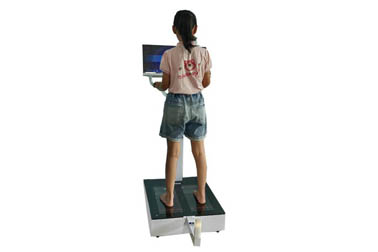
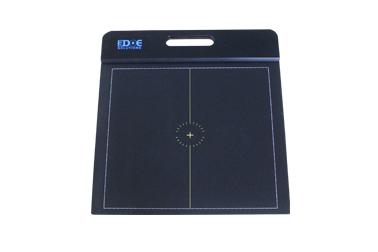
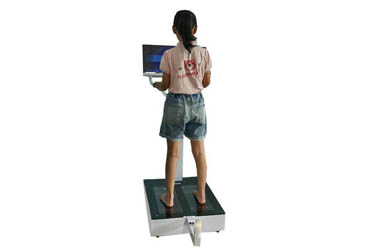
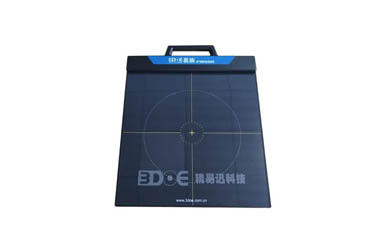
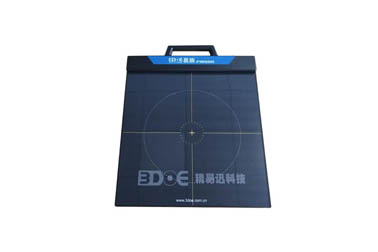



 +86-0755-86131192
+86-0755-86131192